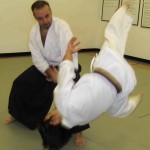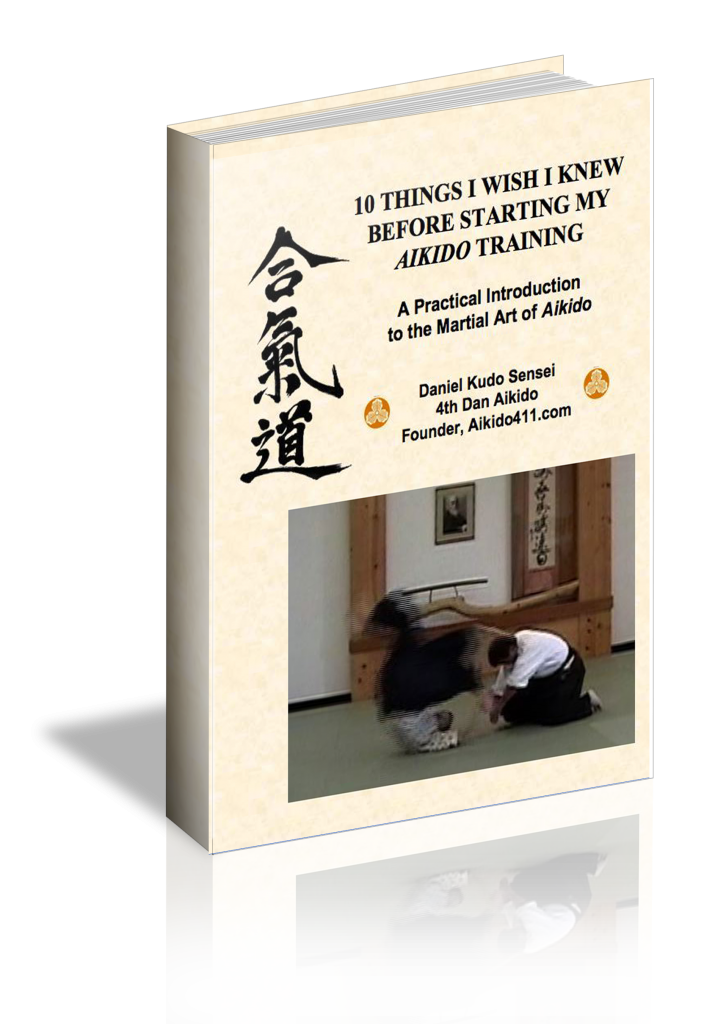Aikido Techniques: Power and Balance

Aikido Techniques: Sumi Otoshi
The concept of balance plays and absolutely critical role in the proper executions of Aikido techniques. Picture yourself getting ready to deliver a powerful punch to a heavy bag. In your mind’s eye you can see yourself in a solid stance – shoulders square feet under your body and in perfect balance. You are ready to deliver a powerful body blow. I will now alter the picture slightly – you are in the same gym but you are now standing on “black ice”. Do you think you can deliver a punch with the same power? Not likely because your balance has been substantially compromised by this slick surface. Your feet, conforming to the Newtonian principle “for every action, there is an equal and opposite reaction”, will slip and slide in the opposite direction and you will soon be off balance and on the ground. And if you had a sensor that could measure the force of the blow, if you were even able to touch the bag, it would have recorded a force much lower than the punch you delivered on solid ground.
Aikido Techniques: Keeping One-Point (Center)
In Aikido techniques, we often emphasize that you are grounded when you have one-point or you are centered. Is feeling of a solid connection to the ground can be thought of as a source of power. For many beginning male students there is a substantial reliance on upper body strength because that is source from which we perceive our power emanates. I believe this is a key to why women tend to grasp the concept of Aikido techniques quicker than men because there is a much less dependence on this form of power.
Aikido Techniques: Balance Maximizes Power
It is through the concept of keeping one-point that one is in perfect balance and the power generated is maximized. One can observe a newer student’s struggle with balance and power when you look at the follow through after the completion of a throw. Very often the person that is throwing (nage) is pulled off balance by the attacker (uke) because the excess muscle strength used connects them more to the partner than to the ground. This type of interaction in very often seen in testing because the nervousness or anxiety is often manifested as excessive tension throughout the body and the focus on using muscle power rather than allowing the body to generate kienergy. In fact, this excessive tension is in conflict with one of the four basic principles of Aikido, that of Relax Completely. As Tohei Sensei has stated, if you are missing any one of the four principles, you have none of them.
In summary, one of the keys to effective Aikido techniques is the concept of balance. When balance is optimized, power is maximized. Reflect on this that try to use these thoughts to hanswer the question: do power and relaxation go hand-in-hand?

Leave a Reply